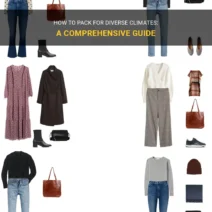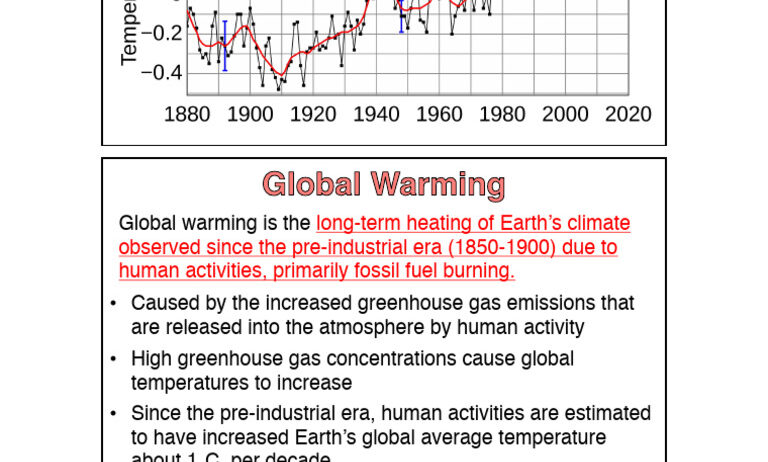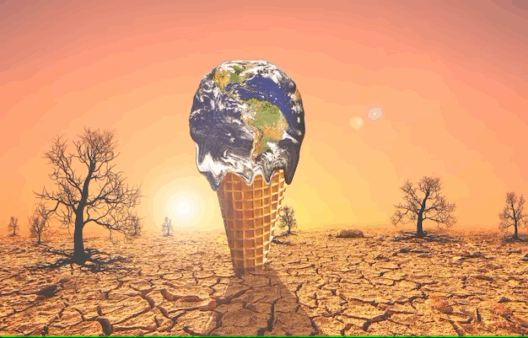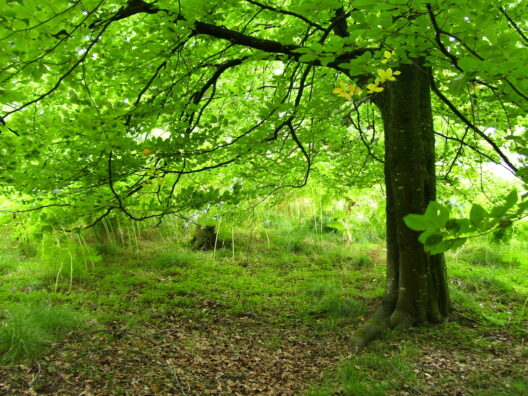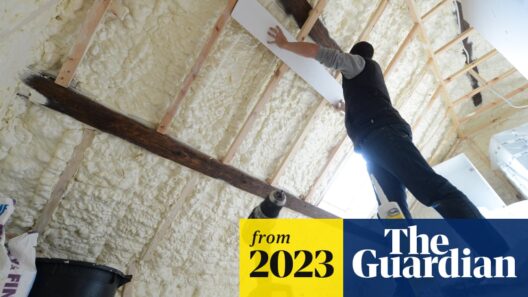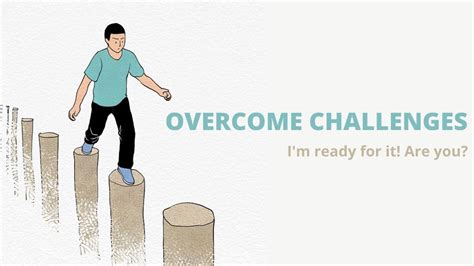As we peer into the complexities of our global climate, one concept emerges like a lighthouse in a foggy landscape: albedo. Albedo, a term rooted in the Latin word for “whiteness,” describes the reflectivity of surfaces on our planet. It symbolizes a delicate balance, an intricate tapestry of light and dark that weaves its way through our atmosphere, playing a crucial role in the heat balance of Earth. Grasping the implications of albedo is akin to understanding the heartbeat of our planet—each pulse influencing not just local climates but the entire terrestrial system.
At its core, albedo is expressed as a fraction, representing the ratio of reflected solar energy to the total incoming solar energy. Surfaces with high albedo, such as snow-covered landscapes and ice caps, reflect a significant portion of sunlight back into space, serving as a protective barrier against warming. In contrast, darker surfaces, like oceans, forests, and asphalt, absorb more sunlight, converting it into heat. This fundamental dichotomy sets the stage for the albedo effect—a silent yet powerful influencer of global temperatures.
Consider the pristine blanket of snow lying elegantly across a winter landscape. Its high albedo casts a spell of serenity, a visual reminder of winter’s chill. Yet, as climate change persists like an unwelcome guest, this snow melts away, revealing the dark earth beneath. This shift from light to dark is not merely aesthetic; it introduces a chaotic dance within our climate system. The lower albedo of the exposed surfaces leads to increased absorption of solar radiation, thereby accelerating warming in the immediate vicinity and beyond.
The interplay of albedo and global warming manifests prominently in polar regions. The Arctic, often referred to as the Earth’s refrigerator, houses vast expanses of ice that reflect sunlight, maintaining cooler temperatures. However, as these ice masses diminish, a feedback loop sets into motion—dark ocean waters emerge, absorbing solar energy that would have otherwise been reflected. This process, termed the ice-albedo feedback, contributes to a feedback loop that exacerbates warming. The melting of one square meter of ice, ironically, is not a standalone event; it heralds a cascade of environmental ramifications, including accelerated permafrost thawing and methane release.
Methane, a potent greenhouse gas, is often characterized as a climate time bomb. Released from thawing permafrost, this gas amplifies the greenhouse effect, creating a vicious cycle that entwines and entraps the delicate climate balance. The higher the temperature rises, the faster ice melts, ultimately leading to an increase in warming. The great irony lies in the duality of albedo: while it can shield us from the sun’s wrath, it can also turn the cloak of protection inside out.
As we venture further into the discussion of albedo and heat balance, the role of vegetation becomes apparent. Forests, with their relatively low albedo, are vital players in this climate narrative. They absorb sunlight, convert it through photosynthesis, and provide shade. However, deforestation presents a paradox. When trees are cut down, the previously shaded ground is exposed to the sun, significantly increasing local temperatures. This conversion from a high-albedo environment to one that absorbs more heat fuels the relentless march of global warming. As savannas replace verdant forests, the consequences manifest in a cycle of droughts, wildfires, and habitat loss.
Furthermore, urban areas introduce another layer of complexity to the albedo effect. Cities, often referred to as “heat islands,” are characterized by dark rooftops and asphalt roads that absorb heat ravenously. The albedo of urban environments typically ranks lower than their rural counterparts, exacerbating local and regional warming. As the sun beats down on these surfaces, the heat that radiates back into the atmosphere adds to the overall temperature rise. The cognitive dissonance within this scenario is striking; city planners, in their quest for development, may overlook the compelling influence of these choices on albedo and climate stability.
The potential solutions to mitigate the impacts of the albedo feedback loop lie within our reach, interwoven with sustainable practices and innovative technologies. The concept of “cool roofs” is gaining traction, where reflective materials are employed to diminish heat absorption. Urban green spaces, including parks and vertical gardens, can also help recomposition the albedo equation, providing a reflective and cooling counterbalance to the concrete expanse. In a broader context, afforestation and reforestation initiatives can rejuvenate landscapes, restoring nature’s equilibrium while enhancing carbon sequestration.
Ultimately, understanding the albedo effect is not a mere academic exercise; it encompasses the essence of climate science and policy. Policymakers must prioritize interventions that respect and account for Earth’s multifaceted dynamic—each surface characterized by its unique albedo contributing to our planet’s health. We stand at a crossroads where knowledge can incite action, where albedo can be both ally and adversary in our endeavor to combat climate change.
The journey to mitigate the ramifications of the changing albedo—a mirror reflecting our choices—requires vigilant observation and concerted action. It beckons us to rethink, innovate, and act, transforming our response to climate change into a narrative of resilience and hope. Just as the shifting tides of a sea mirror the sky above, our choices too can reflect the harmony we seek between nature and civilization. In this dance, let us ensure that the albedo of our planet remains a protective cloak, nurturing rather than asphyxiating our collective future.

